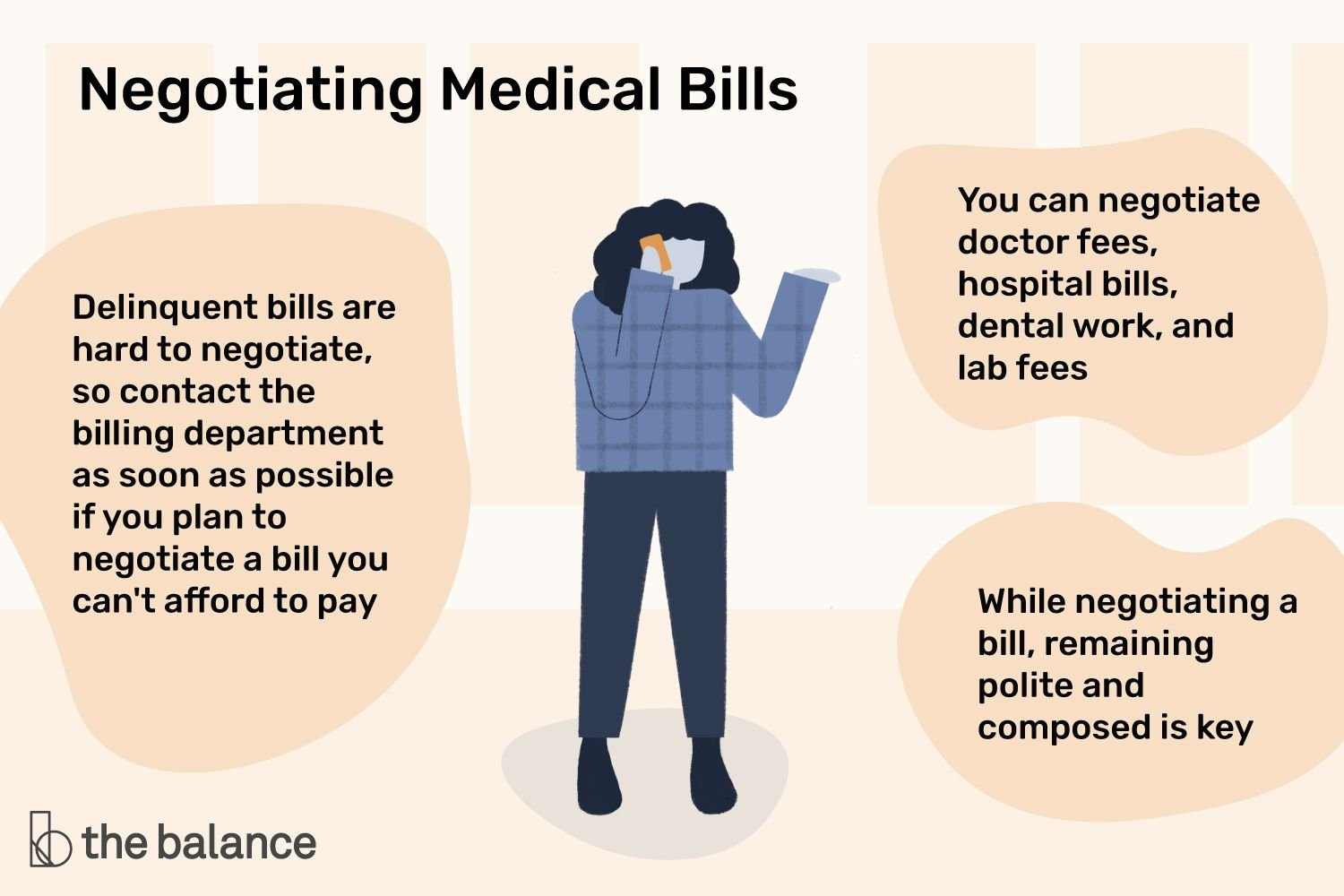Do you want to take control of your credit utilization ratio? Understanding and managing this crucial financial metric is essential for maintaining a healthy credit score. In this article, we will guide you through the ins and outs of credit utilization ratio, providing you with practical tips on how to make the most of it. Whether you’re applying for a loan, mortgage, or simply want to improve your creditworthiness, mastering your credit utilization ratio is key. So, let’s dive in and explore how to understand and manage your credit utilization ratio effectively.
Understanding Credit Utilization Ratio
Your credit utilization ratio is a crucial factor in determining your overall credit health. It represents the percentage of your available credit that you are currently using. By understanding and managing your credit utilization ratio, you can maintain a healthy credit score, improve your financial standing, and gain access to better loan terms and credit card offers.
What is Credit Utilization Ratio?
Credit utilization ratio is calculated by dividing your total credit card balances by your total credit limits and multiplying the result by 100. This percentage represents how much of your available credit you are using.
For example, if you have three credit cards with individual credit limits of $5,000, $3,000, and $2,000, and your total outstanding balance across these cards is $4,000, your credit utilization ratio would be calculated as follows:
(Total Outstanding Balance / Total Credit Limit) * 100
= ($4,000 / $10,000) * 100
= 40%
In this example, your credit utilization ratio would be 40%.
Why is Credit Utilization Ratio Important?
Credit utilization ratio is important because it is a significant factor used by credit reporting agencies to calculate your credit score. It accounts for approximately 30% of your overall credit score. Maintaining a low credit utilization ratio demonstrates responsible credit management and can positively impact your creditworthiness.
A high credit utilization ratio, on the other hand, can signal potential financial instability and may negatively affect your credit score. Lenders and credit card issuers consider individuals with high credit utilization ratios as riskier borrowers, which can result in higher interest rates, lower credit limits, or even credit denials.
Understanding your credit utilization ratio is crucial if you want to take control of your finances and improve your credit score. By managing your credit utilization ratio wisely, you can strengthen your financial standing and open doors to better borrowing opportunities.
Optimal Credit Utilization Ratio
While it is generally recommended to keep your credit utilization ratio as low as possible, there isn’t a single universally optimal ratio. However, maintaining a ratio below 30% is often considered favorable and can help maximize your credit score. The lower the ratio, the better it is for your credit health.
For example, if your total available credit across all your credit cards is $10,000, it is advisable to keep your outstanding balances below $3,000 to maintain a credit utilization ratio below 30%.
How to Calculate Credit Utilization Ratio
Calculating your credit utilization ratio is a straightforward process. Follow these steps:
- Gather information about all your credit cards and their respective credit limits.
- Retrieve the current outstanding balances of each credit card.
- Add up the outstanding balances to obtain your total outstanding balance.
- Add up the credit limits of all your credit cards to determine your total credit limit.
- Divide the total outstanding balance by the total credit limit.
- Multiply the result by 100 to express the ratio as a percentage.
Remember, it’s essential to keep track of your credit card balances and credit limits regularly to accurately calculate your credit utilization ratio.
Why Maintaining a Low Credit Utilization Ratio is Important
Maintaining a low credit utilization ratio is crucial for a variety of reasons:
- Improving Credit Score: A low credit utilization ratio positively impacts your credit score, demonstrating responsible credit management.
- Access to Credit: Lenders and credit card issuers prefer to extend credit to individuals with low credit utilization ratios, making it easier to obtain loans or new credit cards.
- Better Interest Rates: Having a low credit utilization ratio can lead to lower interest rates on loans and credit cards, saving you money in the long run.
- Financial Stability: A low credit utilization ratio indicates that you are not overly reliant on credit and have better control over your finances.
How to Manage Your Credit Utilization Ratio
Managing your credit utilization ratio effectively is essential for maintaining a healthy credit score. Here are some strategies to help you manage it:
1. Pay Your Balances in Full and On Time
Make it a habit to pay your credit card balances in full and on time every month. By doing so, you can avoid accruing high-interest charges and prevent your credit utilization ratio from increasing due to outstanding balances.
2. Keep Track of Your Credit Limits
Regularly monitor your credit limits and ensure they are accurately reported by your credit card issuers. If any inaccuracies exist, contact your credit card companies to rectify them promptly.
3. Ask for Credit Limit Increases
If you maintain a good credit record, you can request credit limit increases from your credit card issuers. By increasing your credit limits, you can effectively lower your credit utilization ratio, as long as you continue to spend responsibly.
4. Limit New Credit Card Applications
While having multiple credit cards can provide financial flexibility, it’s important not to open too many cards within a short period. Each credit card application generates a hard inquiry on your credit report, which can temporarily lower your credit score.
5. Pay Off Debts Strategically
If you have multiple credit card balances, consider paying off the ones with the highest interest rates first. This approach helps you save money on interest payments and can lead to a lower credit utilization ratio.
6. Regularly Review Your Credit Reports
Obtain copies of your credit reports from the three major credit bureaus (Experian, Equifax, and TransUnion) and review them for accuracy. Identifying any errors or discrepancies can help you correct them promptly, ensuring your credit utilization ratio is based on accurate information.
Understanding and managing your credit utilization ratio is essential for maintaining a healthy credit score and overall financial well-being. By keeping your credit utilization ratio low, making timely payments, and being strategic about credit card usage, you can maximize your creditworthiness, gain access to better credit options, and pave the way for a brighter financial future.
The 30% Credit Utilization Rule! Don't let this hurt your credit. #credit #explained #creditscore
Frequently Asked Questions
Frequently Asked Questions (FAQs)
What is credit utilization ratio?
Credit utilization ratio is the percentage of your available credit that you are currently using. It is calculated by dividing your total credit card balances by your total credit limit.
Why is credit utilization ratio important?
Credit utilization ratio is an important factor that lenders consider when assessing your creditworthiness. It represents your level of credit utilization and can impact your credit score. Maintaining a low credit utilization ratio shows responsible credit management.
How can I calculate my credit utilization ratio?
To calculate your credit utilization ratio, divide the total amount you owe on your credit cards by your total credit limit. Multiply the result by 100 to get the percentage. For example, if you have a total credit limit of $10,000 and owe $2,000, your credit utilization ratio is 20%.
What is the ideal credit utilization ratio?
The ideal credit utilization ratio is generally considered to be below 30%. Keeping your ratio low shows that you are not overly reliant on credit and can handle your debts responsibly. However, the lower the ratio, the better it is for your credit score.
How can I improve my credit utilization ratio?
To improve your credit utilization ratio, you can either decrease your credit card balances or increase your credit limits. Paying off your credit card debts and avoiding maxing out your credit cards can help lower your ratio. Additionally, contacting your credit card issuer to request a credit limit increase can also improve your ratio.
Will closing a credit card improve my credit utilization ratio?
No, closing a credit card can actually have a negative impact on your credit utilization ratio. When you close a credit card, your available credit decreases, which can increase your ratio. It is generally advisable to keep your credit cards open, even if you are not using them frequently, to maintain a healthy ratio.
How often should I check my credit utilization ratio?
It is recommended to check your credit utilization ratio at least once every few months, or whenever you are planning to apply for new credit. Regularly monitoring your ratio can help you identify any potential issues and take necessary actions to keep it within a favorable range.
Can a low credit utilization ratio guarantee a good credit score?
While a low credit utilization ratio is a positive factor, it is not the only one that determines your credit score. Your credit score also takes into account factors such as payment history, length of credit history, types of credit, and new credit inquiries. However, maintaining a low credit utilization ratio can contribute to a healthier overall credit profile.
Final Thoughts
Understanding and managing your credit utilization ratio is essential for maintaining a healthy financial position. By keeping your credit utilization ratio low, ideally below 30%, you demonstrate responsible credit usage to lenders. Start by regularly monitoring your credit card balances and aim to pay them off in full each month. If you’re unable to do so, prioritize paying down your debts systematically. Additionally, consider increasing your credit limit or opening a new credit card to improve your credit utilization ratio. By implementing these strategies, you can gain control over your credit utilization ratio and improve your overall creditworthiness.


